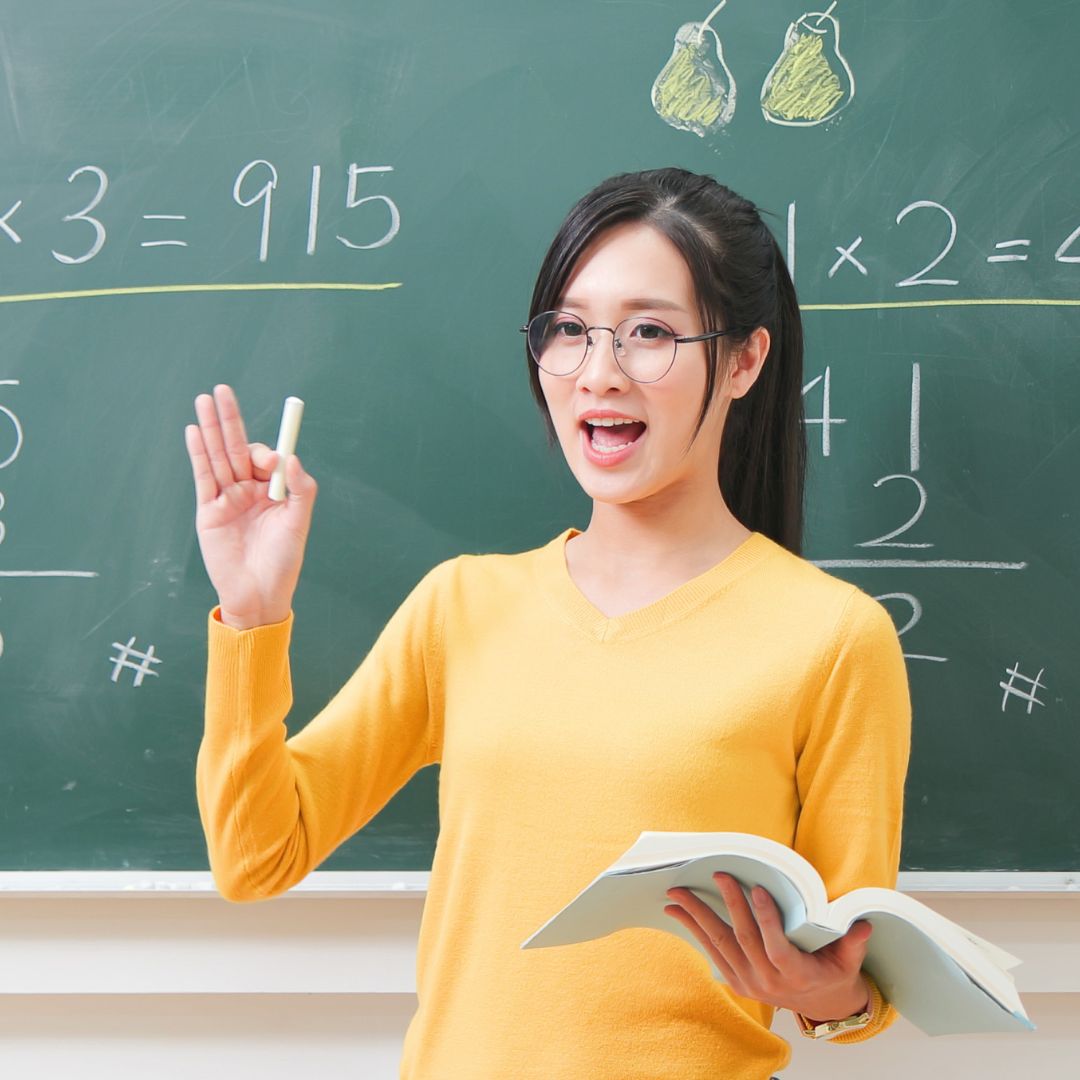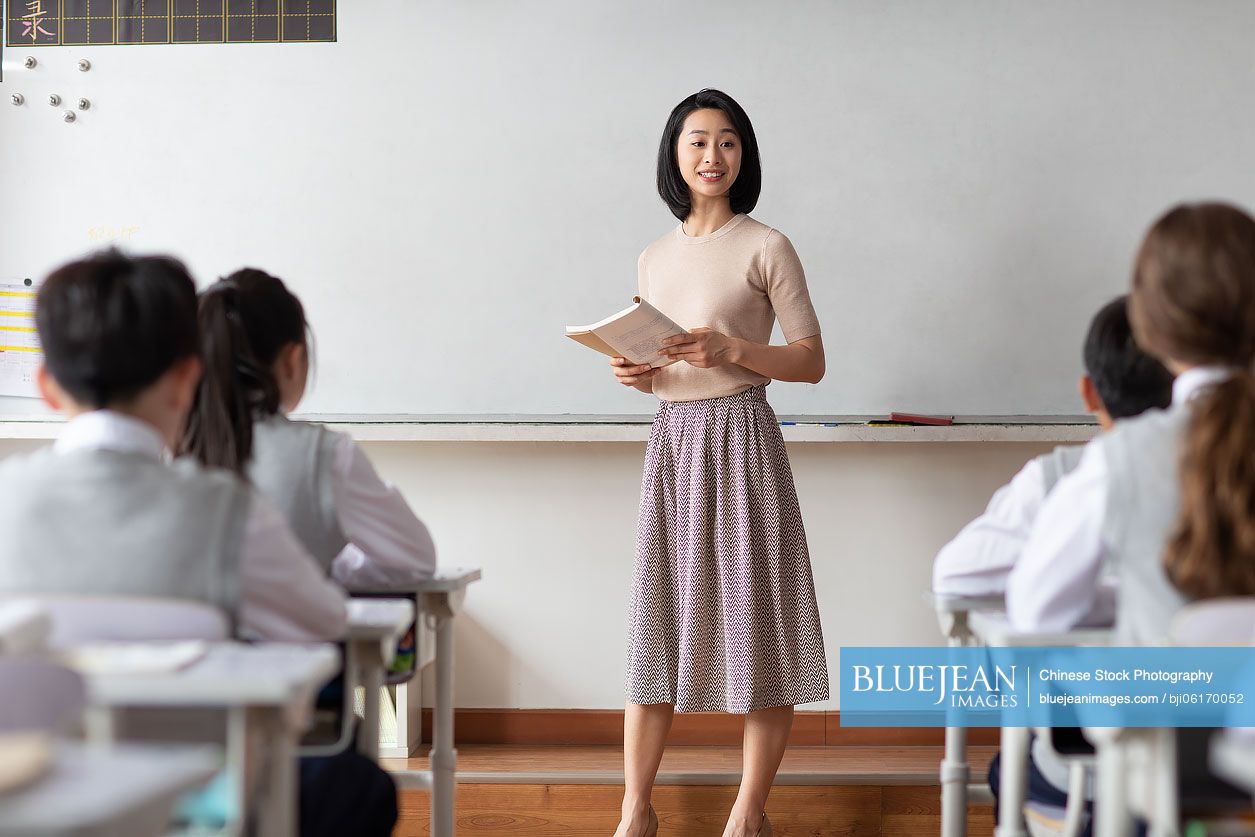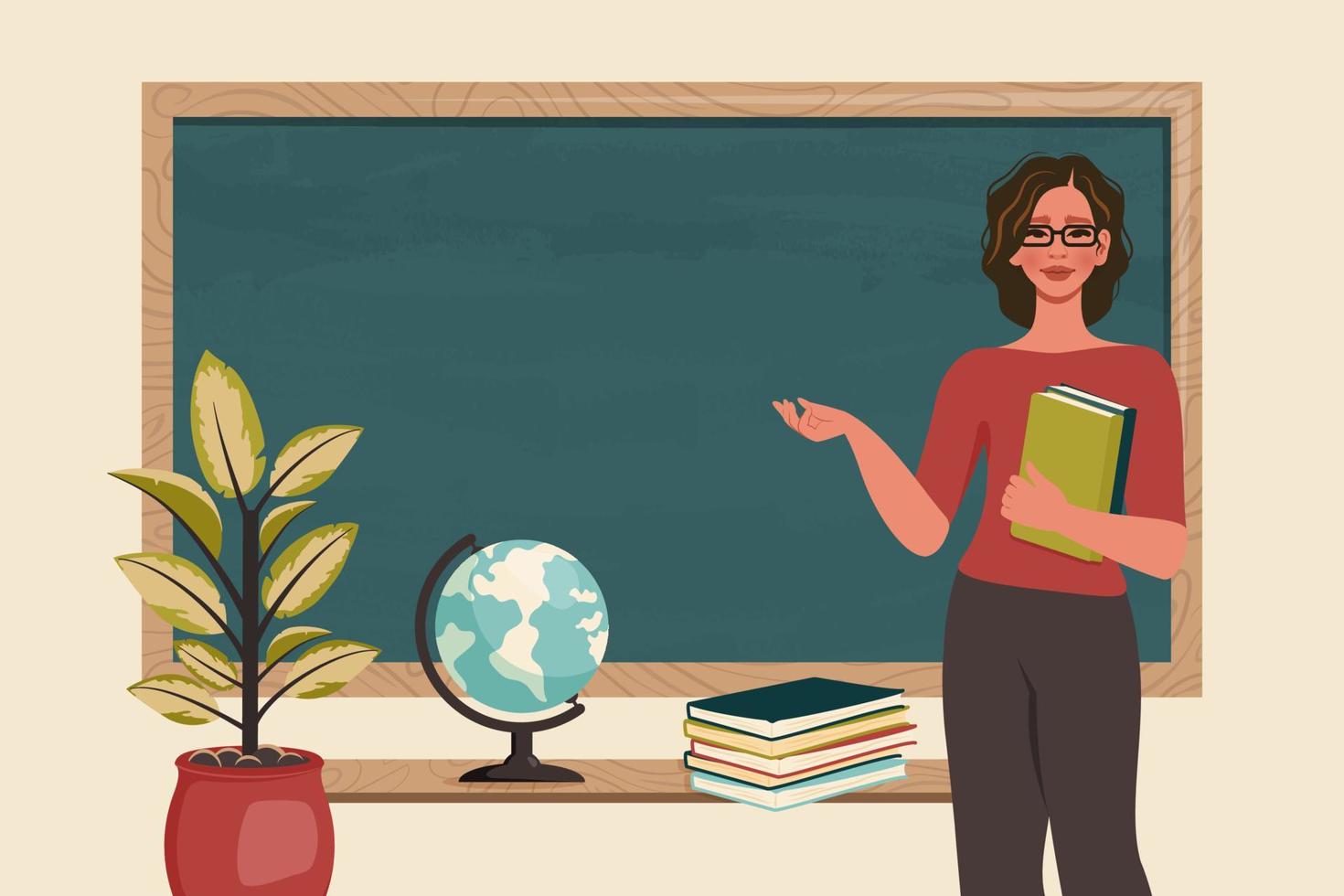Think about a classroom where young minds are truly coming alive, where every single person feels a spark of curiosity, and learning feels like a natural, exciting thing to do. This kind of place, you know, it doesn't just happen by chance. It comes from careful thought and the smart choices teachers make about how they lead their lessons. Good teaching is about more than just sharing facts; it's about helping young people connect with ideas, discover new things, and really grow.
The work of a teacher, you know, it's pretty unique. It calls for people to adjust their ways of doing things, really, from one school year to the next, and when new or distinct situations pop up. It's not a job where you can just, like, set it and forget it. Every group of young people brings something different to the table, and the world around us keeps changing too, so there's always something new to think about. A teacher, in some respects, is always learning and always finding fresh approaches. This kind of flexibility, it's actually what helps make a classroom a good place for everyone to be.
So, what exactly helps a classroom hum with activity and deep thinking? It often comes down to the methods a teacher picks to share knowledge and guide young people. This discussion will look at ways educators can make lessons more interesting and make sure every student, no matter their academic background or how they best learn, feels included and gets what they need. We will talk about different ways of teaching and explore quite a few of them, giving you, like, some practical ideas to consider.
Table of Contents
- What Makes a Classroom Truly Engaging?
- How Can My Teaching Strategies Help?
- Exploring Different Teaching Approaches
- What About Traditional Teacher Strategies?
- Modern and Active Teacher Strategies
- Getting Students Involved - The Heart of Teacher Strategies
- Practical Steps for Improving Your Classroom
- Using Teacher Strategies to Assess Progress
What Makes a Classroom Truly Engaging?
Have you ever thought about what truly makes a classroom sparkle with excitement? Or how some young people just seem to pick things up easily, while others might struggle a bit? It's a question many educators ponder, and the answer, you know, often lies in the instructional choices made. When students are genuinely curious and actively taking part, that's when real learning takes root. It's almost like a puzzle, finding the right pieces to fit together so everyone feels that sense of wanting to know more. This feeling of curiosity, that, is what makes a classroom a lively spot for learning, where every person feels like they belong and can contribute. It’s pretty much about making lessons so interesting that students can’t help but get involved, and then, they actually look forward to what comes next. So, what makes a classroom truly engaging? It's about setting the stage for discovery and making sure the young people feel like they are a part of something important.
To help create this kind of atmosphere, you might want to think about the different ways you present information and guide activities. A good system for teaching, like the one from teacher strategies™, puts together everything you need: plans for what to teach, ways to check how well students are doing, and ongoing support for those who work with young children. This kind of setup means that, basically, educators have a connected way of doing things. It’s like having a complete set of tools, all working together, to help young people learn and grow. We have, for example, a collection of 15 well-tested ways of teaching that we, at teacher strategies™, really stand by for helping students do well. These methods, you see, are meant to help teachers feel ready for anything, giving them ways to approach different learning situations. It’s about having a clear path to follow, but also enough room to make it your own.
How Can My Teaching Strategies Help?
You might be wondering, how can my teaching strategies, the platform, really make a difference in what happens in the classroom? Well, it's actually a pretty strong tool meant to help students do better by giving educators good ways to check on progress and plan lessons. It gives teachers things they can use to keep an eye on how students are coming along, bring families into the learning process, and make each student's learning experience a bit more personal. For instance, the platform lets you keep track of what you see through notes, photos, and even videos, which is a great way to remember specific moments of growth. This means you can gather real information about how young people are doing, which then helps you figure out what they need next. It’s about having a clear picture, so you can, you know, make smart choices for everyone in your care.
- Bergen Catholic High School
- Seaside Aquarium
- Amc Classic Arizona Center 24 Phoenix Az
- Factory Town Miami
- Robert Wood Johnson Foundation
Think about a school where the people who teach, well, they have everything they need to truly help young people thrive. This platform, my teaching strategies, aims to make that a reality. It's not just about giving you information; it's about giving you practical ways to use that information. The key parts of this platform include tools for checking on learning as it happens, which are very, very helpful. These tools let you see where students are doing well and where they might need a little extra help. So, basically, it's about providing a system that supports teachers in their daily work, making it easier to keep track of individual progress and adjust teaching plans as needed. It helps educators create a learning space that is, in a way, responsive to each student's unique path, making sure no one gets left behind. It’s pretty much about making the teaching process smoother and more effective for everyone involved.
Exploring Different Teaching Approaches
Every single method a teacher uses, you know, is like a special tool in a handy kit. You pick the one that fits the situation, and then, you can really see your students take off. Teaching, as a way of life, asks those who do it to change their ways from one year to the next and for new or different situations. To do this well, for the good of their classrooms, there are so many ways educators can make lesson plans that grab attention and work for students of all academic levels and different ways of learning. This means thinking about how each student takes in information and what helps them the most. So, we will talk about these ways of teaching and go through 15 of them. It's about finding what clicks for different groups of young people, because, honestly, what works for one class might not be the exact fit for another.
You can learn about various kinds of teaching methods, including those that have been around for a while, newer ones, those that get students moving, and those that involve working together. Knowing about these different kinds helps you, like, have more options when you're planning. For example, you might have heard about traditional methods, which often involve a lot of direct instruction, or modern ones, which might use more technology. Active methods get students doing things, not just listening, and collaborative ones have them working with others. It's about having a full picture of what's available. You can also find out how to bring technology into your lessons, check how students are doing, and get past the common issues that pop up in teaching. All of this helps you build a strong foundation for your teaching, making sure you have a plan for different challenges and opportunities. It’s pretty much about having a wide range of ideas to draw from.
What About Traditional Teacher Strategies?
When we talk about traditional teacher strategies, we are often thinking about methods that have been used for a long time, sometimes for generations. These might include things like lectures, where the teacher shares information directly with the students, or rote learning, where students repeat things to remember them. There's also the idea of direct instruction, which is when the teacher clearly explains a topic and then guides students through practice. These methods, you know, have their place, especially for getting across a lot of facts or for teaching specific skills that need to be done in a certain way. They can be very useful for making sure everyone gets the basic information. So, it's not about saying these methods are bad, but rather about seeing how they fit into a bigger picture of teaching. They can be a solid starting point for many lessons, especially when you need to lay down foundational knowledge. It's about using them when they make the most sense for what you are trying to teach.
However, it's also true that relying only on traditional ways might not always keep every student interested, especially in today's classrooms where young people learn in so many different ways. That's where the idea of mixing things up comes in. While a lecture might be good for introducing a new idea, a follow-up activity that gets students working together or doing something hands-on might help them understand it more deeply. So, while traditional teacher strategies are a part of the overall picture, they are often best when combined with other approaches. You might, for example, use a traditional method to introduce a concept, and then shift to something more interactive to help students truly grasp it. It's about finding a good balance, rather than sticking to just one way of doing things. This kind of flexibility, you see, is what helps a teacher meet the varied needs of all the young people in their care.
Modern and Active Teacher Strategies
Moving from the older ways, we come to modern and active teacher strategies, which are all about getting students more involved in their own learning. These methods often include things like project-based learning, where students work on a bigger task over time, or inquiry-based learning, which has them asking questions and finding answers themselves. There's also cooperative learning, which means students work in small groups to help each other learn. These approaches are, you know, meant to make learning more hands-on and less about just listening. Technology, in some respects, plays a big part here too, making lessons interactive and more personal for each student. This kind of approach can make a classroom feel like a place of discovery, where students are not just taking in information but actually creating something with it. It’s pretty much about shifting the focus from the teacher delivering information to the students actively building their own understanding.
The idea behind these methods is that when students are doing something, they tend to remember it better and understand it more fully. For instance, instead of just talking about history, a modern approach might have students create a presentation or a short play about a historical event. This way, they are not just memorizing dates but really getting into the story. Active learning, you see, also helps students build skills like problem-solving, critical thinking, and working with others, which are very, very important for life outside of school. The use of technology, too it's almost like a bridge, connecting students to information and to each other in new ways. It can make lessons more interesting and allow for different ways for students to show what they know. So, these modern teacher strategies are all about making learning a lively, hands-on experience, where students are at the center of the action. They are about making the classroom a place where young people are truly engaged and excited to figure things out for themselves.
Getting Students Involved - The Heart of Teacher Strategies
When you think about what makes a classroom truly special, it often comes down to how much the students are really involved. It's like a dream, right, walking into a room where every student is full of questions, taking part in everything, and genuinely happy to learn. This kind of atmosphere, however, is a real possibility for educators who use fresh ways of teaching that change learning from something ordinary into something quite exciting. It’s about making sure that young people are not just sitting and listening, but are actively doing, thinking, and talking. This active participation, you know, is what helps them truly connect with what they are learning. It means lessons are not just about facts, but about experiences that help ideas stick. So, the heart of good teacher strategies is really about finding ways to get every single student to feel like they are a key part of the learning process, not just an observer.
Effective ways of teaching, which are also called instructional strategies, help students become truly active in what they are learning. When these are done well, they also help students get to their learning goals. It's about giving students a say, letting them explore, and encouraging them to figure things out for themselves. For example, if students are working on a group project, they are not just learning the content but also how to work with others, how to share ideas, and how to solve problems together. This kind of hands-on approach makes the learning more personal and, in a way, more memorable. We, at teacher strategies™, really get how important it is to use methods that work. Did you know that the choices you make about how you teach can really affect how well your classroom instruction goes? It’s pretty much about understanding that your teaching choices have a direct link to student success, so picking the right ones is a pretty big deal.
Practical Steps for Improving Your Classroom
If you're looking to make your classroom even better, a good place to begin is by looking at what you're doing now and getting ideas from both the students and other teachers. This means asking questions like, "What's working well?" and "What could be different?" Getting feedback, you know, gives you a clearer picture of things from different points of view. After you've gathered these thoughts, then you can set clear aims and make a plan of action to make learning and participation better. It’s about having a clear direction, so you know what you are working towards. The most useful methods should help educators share information in fresh, lively ways while also helping students get a deeper sense of key ideas. It’s not just about covering the material, but about helping students truly understand it, and that, is a pretty important difference.
To make learning more interesting and get better results in your classroom, you can learn about 21 ways of teaching that really work. These methods are what we are using inside the classroom, so they are practical and have been put to the test. Technology, for example, can really make things more interesting by making lessons interactive and personal. This means students can learn at their own speed and in ways that fit them best. So, it’s about using tools that help you connect with each student individually, making the learning journey more relevant for them. This kind of approach, you see, helps make the classroom a place where young people are excited to learn, and where they feel like the material is speaking directly to them. It's about finding ways to make every lesson feel like a new adventure, keeping curiosity high and engagement strong. It’s pretty much about making learning a lively and personal experience for everyone.
Using Teacher Strategies to Assess Progress
A big part of good teaching is knowing how well students are actually doing, and that's where checking on progress comes in. My teaching strategies, the platform, is a strong tool that helps improve student results through good ways of checking and teaching. It gives educators things they can use to keep an eye on how students are coming along, bring families into the learning process, and make each student's learning experience a bit more personal. For instance, the main
Related Resources:



Detail Author:
- Name : Jason Quigley
- Username : doug.armstrong
- Email : alysha.braun@yahoo.com
- Birthdate : 1987-10-21
- Address : 1014 Waters Course Suite 667 North Zella, GA 80202
- Phone : 409.937.1923
- Company : Davis, Swaniawski and Bode
- Job : Welding Machine Setter
- Bio : Labore ut molestiae vel consequuntur reiciendis. Voluptas qui incidunt porro molestiae. Porro dicta nihil repudiandae quia quaerat. Asperiores et voluptas possimus autem voluptatibus suscipit.
Socials
facebook:
- url : https://facebook.com/jett_yundt
- username : jett_yundt
- bio : Nisi est nisi architecto quas distinctio voluptas.
- followers : 5024
- following : 1833
twitter:
- url : https://twitter.com/jyundt
- username : jyundt
- bio : Architecto quae qui unde natus cumque. Omnis expedita nemo debitis placeat officiis et facilis cumque. Cum veritatis deleniti sint dolorem autem et.
- followers : 208
- following : 1954
linkedin:
- url : https://linkedin.com/in/jett_dev
- username : jett_dev
- bio : Exercitationem officia quos explicabo occaecati.
- followers : 3428
- following : 897
tiktok:
- url : https://tiktok.com/@jett_yundt
- username : jett_yundt
- bio : Voluptatem quod et possimus. Aut omnis at sed dolorem iste.
- followers : 5996
- following : 2484
instagram:
- url : https://instagram.com/jett.yundt
- username : jett.yundt
- bio : Qui magnam commodi soluta soluta. Rem commodi dolorem odio quas laudantium sit qui.
- followers : 6784
- following : 498